The National Theatre’s boss, Rufus Norris, has confessed that he ‘took his eye off the ball’ when it came to female writers and he plans to strike an equal balance between the sexes in future. Good news for male scribblers who’ll know that they’ve been selected on merit but rather demoralising for females who’ll suspect that they’re just making up the numbers. Sir David Hare, who has written or adapted 25 shows for the National, could easily solve the NT’s sexual identity crisis by announcing that he’s a woman.
His latest is a modern version of Ibsen’s barmy but enjoyable fable Peer Gynt, which mixes folklore, fantasy, social comment and tragicomedy. The anti-hero, renamed ‘Peter’ here, is a randy drifter whose life keeps changing beyond recognition. Some of the choices in Sir David’s update are hard to understand. Others make Peter difficult to like. He starts as a cocky Scottish infantryman who fights wars for Big Oil and claims to be a conscript. (When was conscription reintroduced?) He gatecrashes a wedding and seduces the bride, who declares that their fling will destroy her reputation unless he marries her. (A groundless ultimatum these days.) A refugee girl catches his eye but he abandons her and takes up with a sexy mountain spirit (or ‘troll’, as she’s called, even though the word has recently altered its meaning). She begs him to seize the throne of her magical kingdom but he runs away again and reappears as a billionaire arms dealer playing golf in a white suit surrounded by shifty oligarchs. What is he now? Donald Trump? Jay Gatsby? Hard to say. After several more reinventions he ends up in a graveyard scene, which glooms on for 50 dreary minutes. Even the sublime presence of Oliver Ford Davies can’t lend any movement or energy to Peter’s rendezvous with his coffin.
Ibsen’s original script is notoriously tricky to stage because the location keeps moving from cottage to village to mountain to forest to desert to open sea and so on. Some designers evoke the ever-changing scenery by suggestion. Richard Hudson represents everything physically, sometimes with great success. A steeply raked dining-table in the troll’s mountain lair is a beauty. But one question haunted me throughout. Why? Why is this hyperactive sex pest flitting around the globe and what does his odyssey teach us about humanity now? I can supply no answer. The greatest actor in the world would find it hard to make this narcissistic gadabout sympathetic. Handsome James McArdle is a forceful and energetic presence but he hasn’t the power to bewitch an audience and compel them to join him on his wacky road trip.
I owe an enormous debt to Captain Correlli’s Mandolin for teaching me so much about life and letters. Like many, I rushed out to grab the book of the moment in 1994 and I immediately vowed never again to buy a must-have novel. Thus I avoided the multi-volume witterings of J.K. Rowling, E.L. James, George R.R. Martin and sundry other fantasists. Louis de Bernières’s schmaltzy love-conquers-all story is set during the second world war on Cephalonia, a heavenly Greek island populated by charming bumpkins who consider reading a mark of high sophistication. Their idyll is shattered when their homeland is invaded twice: first by the Italians, who are execrable soldiers but marvellous people, and next by the Germans, who are execrable people but marvellous soldiers.
Pelagia, our love interest, is torn between two suitors. Mandras is a shouty local fisherman who can’t hope to compete with Captain Corelli, a dashing sex god who swans around the place plucking forlorn ballads from his mandolin and smirking. Fans of the book may not share my view that the cameo actors badly affect this show. All the thesps have been encouraged to display all their skills, all the time. The crowd scenes get horribly busy. And there are too many impersonations of goats, cats and birds.
When the location shifts to the front line, the powder flashes and the shell crumps work well enough but these effects are over-familiar from hits like War Horse and Birdsong. The soldiers are equipped with big spongy rucksacks which enable them to leap backwards and bounce off the boards when they’re shot. Being struck by sniper fire has never looked so much fun. Rona Munro builds her script from dozens of scenes lasting three or four minutes each, and this creates a certain texture. Activity without substance. Constant distraction but no density. On TV this would fit snugly into the Sunday-night snooze-in slot. And the interval falls far too early, which makes the second half drag. About an hour into Act Two, a very important character was summarily executed by the Nazis, but instead of weeping I wished a hand grenade had been used to blow the lot of them to pieces.
Got something to add? Join the discussion and comment below.
Get 10 issues for just $10
Subscribe to The Spectator Australia today for the next 10 magazine issues, plus full online access, for just $10.
You might disagree with half of it, but you’ll enjoy reading all of it. Try your first month for free, then just $2 a week for the remainder of your first year.

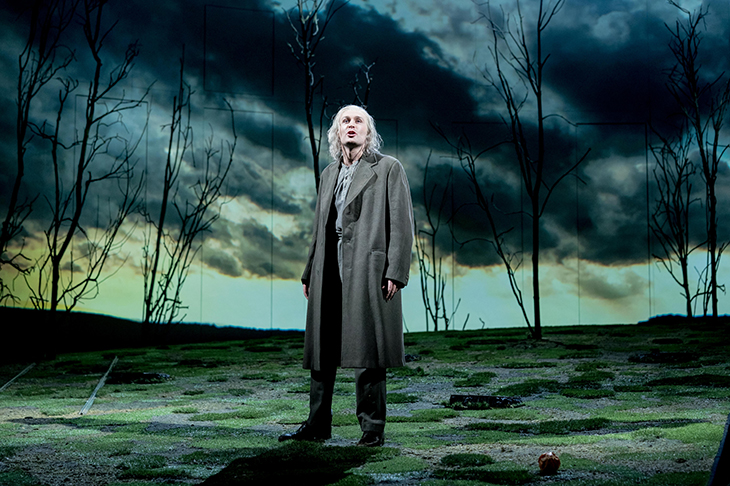
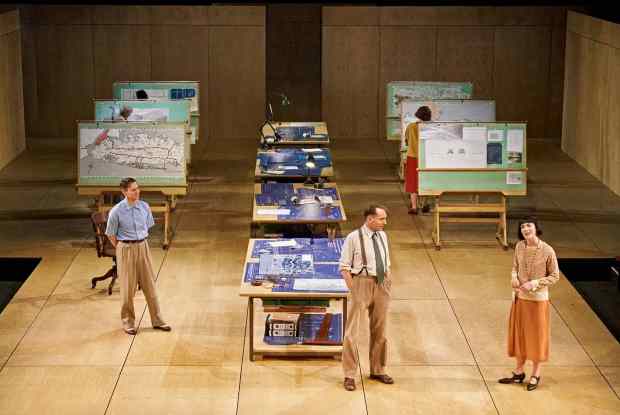
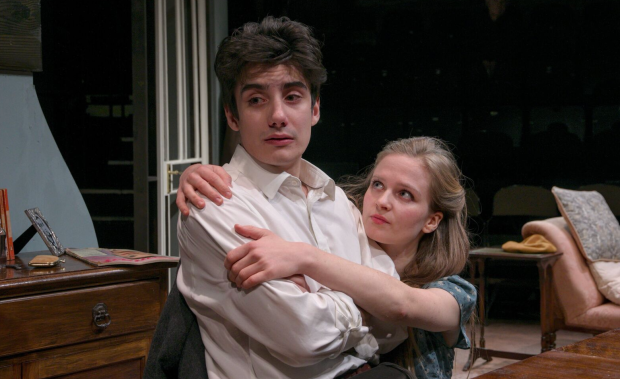
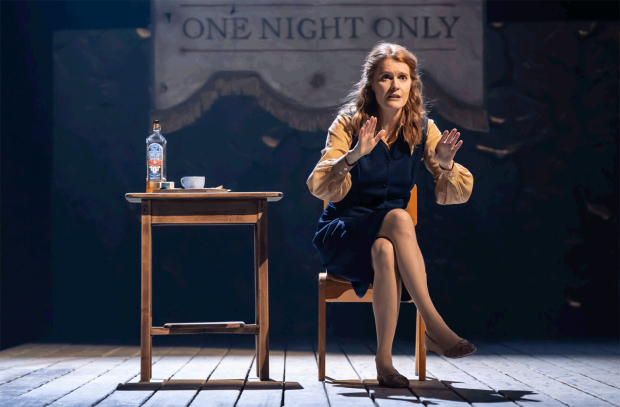
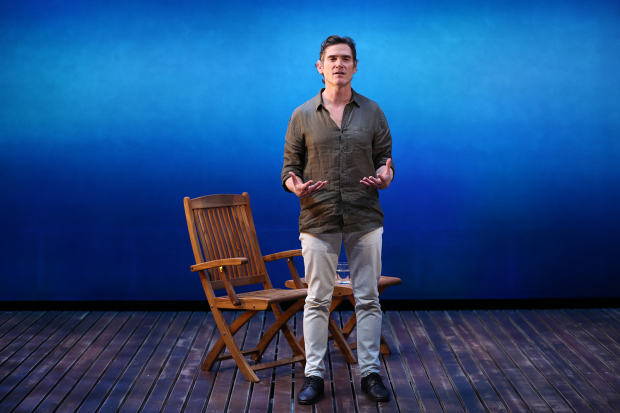
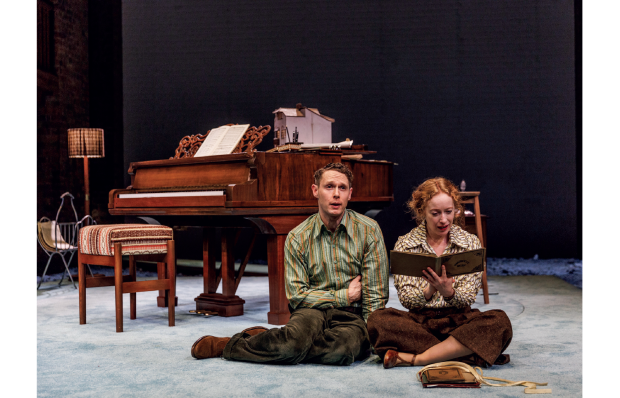
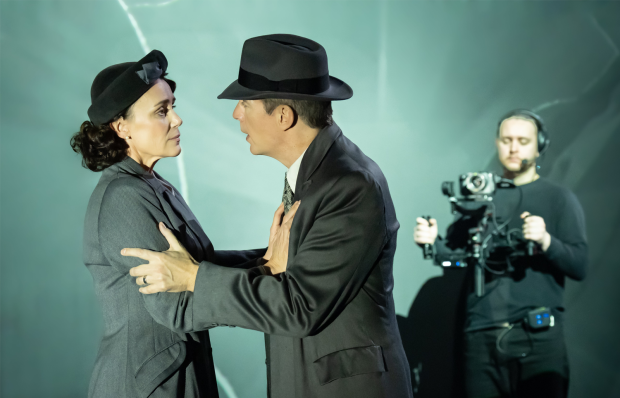






Comments
Don't miss out
Join the conversation with other Spectator Australia readers. Subscribe to leave a comment.
SUBSCRIBEAlready a subscriber? Log in